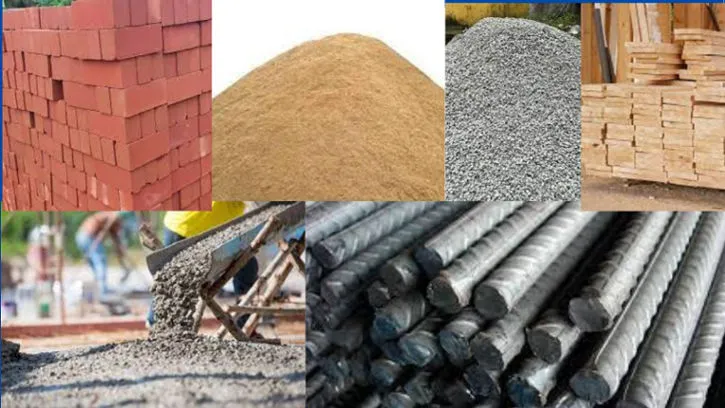Selecting the right construction materials is a critical step in ensuring the success, durability, and cost-efficiency of your project. With so many options available, it’s easy to feel overwhelmed. Should you prioritize sustainability? Is durability more important than cost?
In this blog, we’ll guide you through the key factors to consider when choosing materials for your project, whether it’s a residential, commercial, or industrial build.
1. Understand Your Project Requirements
Before choosing materials, outline the specific needs of your project:
- Purpose: What is the building’s primary function?
- Location: Are there environmental factors like extreme weather to consider?
- Budget: What is your financial limit for materials?
These questions will help narrow down suitable options.
2. Prioritize Durability and Strength
Durability is crucial, especially for structures exposed to heavy use or harsh conditions. Materials like concrete and steel are known for their strength and longevity. Ensure the materials meet local building codes and safety standards.
3. Evaluate Environmental Impact
Sustainable construction materials like bamboo, recycled steel, and engineered wood are gaining popularity. These options reduce environmental impact while providing high performance. Look for materials with certifications like LEED or FSC.
4. Balance Cost and Quality
While it’s tempting to choose the cheapest option, low-quality materials can lead to higher maintenance costs. Compare the long-term value of premium materials against initial expenses to make an informed decision.
5. Consider Aesthetic Appeal
The visual appeal of materials matters, especially for residential or commercial buildings. Choose materials that complement the design and enhance the overall look of your project.
6. Factor in Climate and Weather
Climate conditions greatly influence material selection. For instance:
- In humid regions, choose moisture-resistant materials.
- In areas prone to earthquakes, use flexible and shock-resistant materials.
7. Look for Energy Efficiency
Energy-efficient materials, such as insulated concrete and low-emissivity glass, can reduce heating and cooling costs. These materials contribute to sustainable and cost-effective construction.
8. Consult with Experts
Architects, engineers, and contractors have invaluable insights into material selection. They can recommend materials suited to your project’s needs and ensure compatibility with design and safety standards.
Conclusion
Choosing the right construction materials is a blend of practicality, aesthetics, and sustainability. By evaluating durability, cost, environmental impact, and climate compatibility, you can ensure a successful project that stands the test of time.



